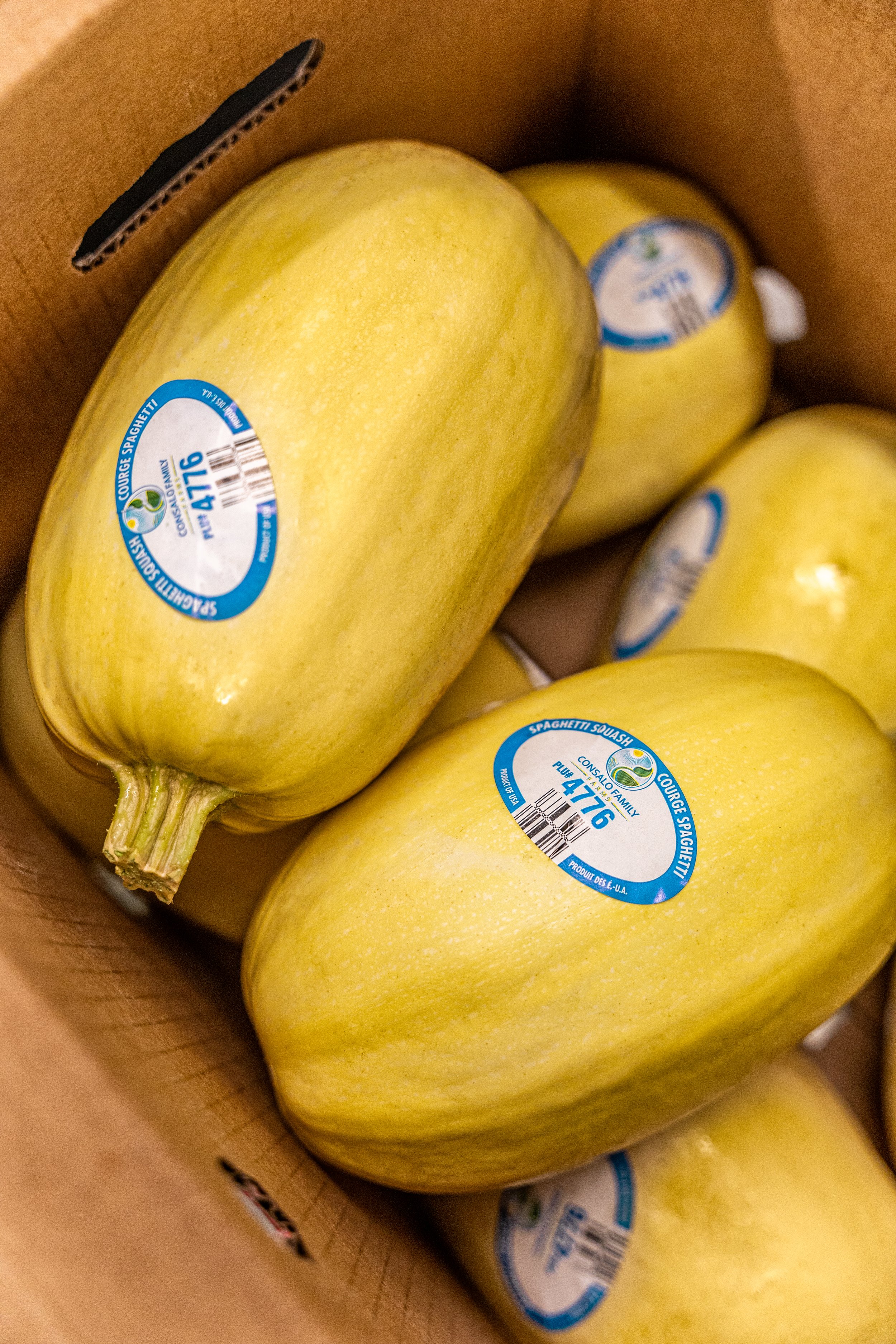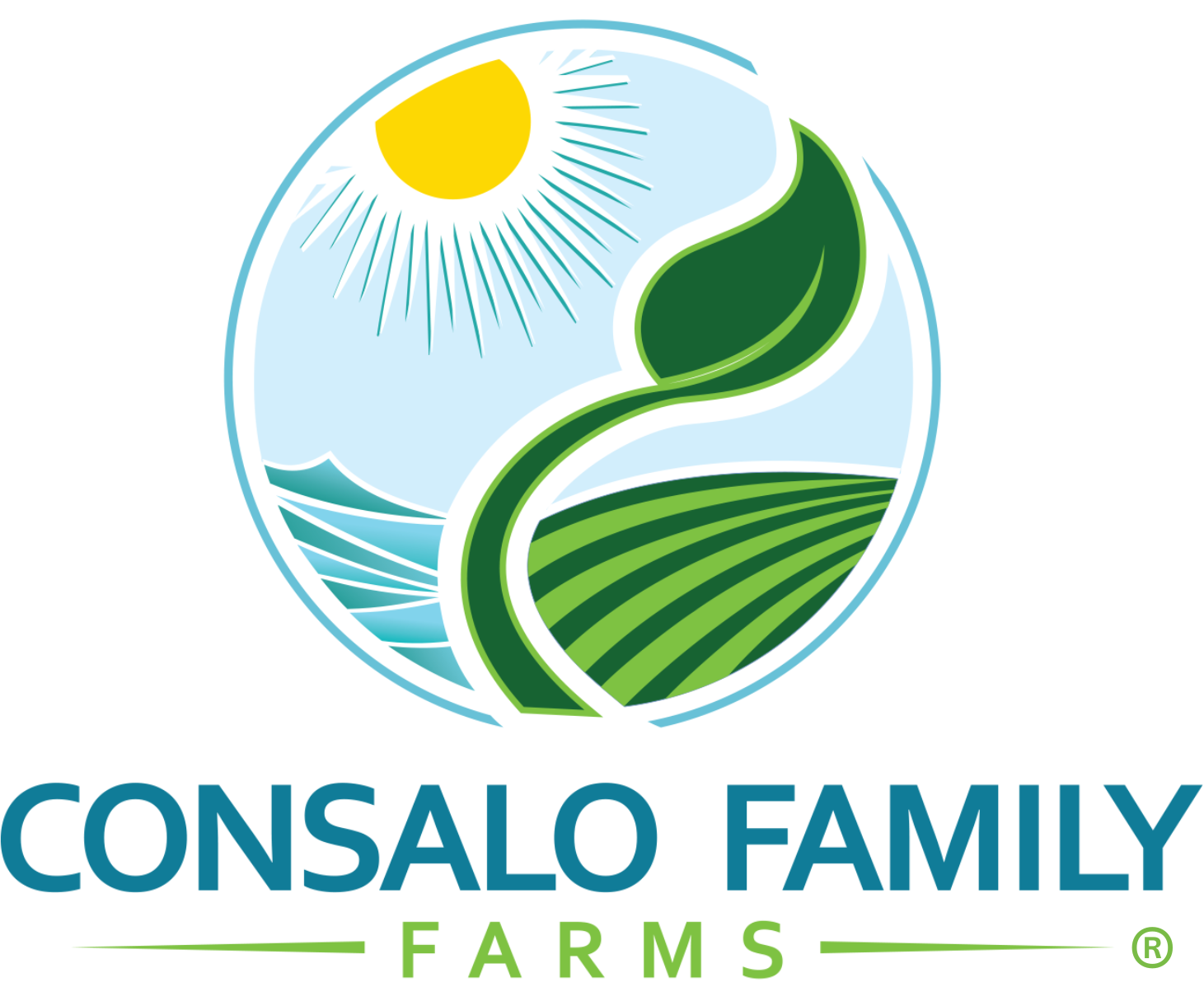
Squash
-

Acorn
Acorn squash is a member of the winter squash family and weighs between 1 and 3 lbs. It has thick ridges and is also known as pepper squash. Most acorn squash are green, however new varieties are now available such as golden acorn squash. This squash has a mild and buttery flavor and can be baked, broiled, roasted, steamed, stuffed, sautéed, or pureed.
Acorn squash provides vitamin A, vitamin C, vitamin B6, thiamin, niacin, and folate. It contains soluble and insoluble fiber.
Our Favorite Ways to use Acorn Squash — Acorn Squash Salad with Pecans, Raisins and Goat Cheese, Herb Roasted Acorn Squash & Mashed Acorn Squash with Scallops and Mushrooms
-

Butternut
Butternut squash is an orange-fleshed winter squash. It has a thick, tough exterior and firm flesh. Butternut squash is versatile in cooking and used for soups, salads, and sauces. It is baked into breads, layered into lasagnas, and more. The taste is sweet and nutty.
This squash has a similar mineral profile to that of pumpkin. It is low in calories and is an excellent source of fiber, vitamins, and antioxidants. Butternut squash contains beta-carotene, which is the antioxidant that gives it the orange pigment. Beta-carotene is also known to lower the risk of asthma.
Our Favorite Ways to use Butternut Squash — Butternut Squash Soup & Butternut Squash Mac and Cheese
-

Spaghetti
Spaghetti squash contains no saturated fats or cholesterol. Like butternut squash, spaghetti squash is very high in fiber, making it good for digestive health. It also contains beta carotene and vitamin C which can help prevent chronic diseases and inflammation. Other essential nutrients in butternut squash are potassium, magnesium, and manganese.
The best spaghetti squash possess a deep yellow color. An unripe spaghetti squash will be marred with green marks and is best avoided.
Our Favorite Ways to use Spaghetti Squash — Roasted Spaghetti Squash with Mushrooms and Kale, Spaghetti Squash with Garlic and Parmesan & Spaghetti Squash Lasagna Bake
-

Zucchini
Zucchini or green squash is also referred to as courgette. It is smooth and usually cylindrical. This dark or light green summer squash is usually harvested when it reaches 6 to 10 inches in size. The inside is usually a pale white with a greenish tinge. The skin, seeds and flesh are all edible and packed with nutrients. Zucchini are best selected when firm.
Zucchini is high in water content and contains significant amounts of fiber, electrolytes, and other nutrients that are necessary for a healthy digestive system. It is rich in anti-inflammatory phytonutrients, which help clear the body of excess inflammation.
Our Favorite Ways to use Zucchini — Zucchini and Tomato Gratin, Zucchini Noodles with Basil and Pine Nuts & Beef and Rice stuffed Zucchini Boats
-

Yellow Squash
Like green squash, yellow squash is mild tasting. It’s difference in shape is that the bottom of the squash is larger than the top. Yellow squash has a very white flesh and bigger seeds than green squash. If yellow squash grow too big, they get watery, tough, and lose their taste. Their skin should be free of blemishes and smooth. Yellow squash can be steamed, sautéed, poached, baked, or grilled.
Yellow squash is rich in vitamins A, B6, and C, and the minerals magnesium, potassium, manganese, and phosphorous. Yellow squash is cholesterol-free.
Our Favorite Ways to use Yellow Squash — Summer Squash Casserole & Yellow Squash Fritters with Avocado Cream
